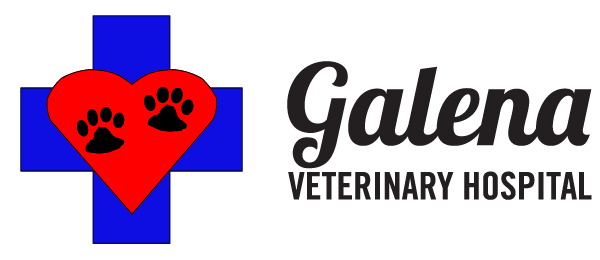Educational Articles
-
Anemia is a medical term that refers to a reduced number of circulating red blood cells, hemoglobin, or both. Anemia has a wide variety of causes and appropriate treatments based on the specific cause. Signs of anemia include the loss of the normal pink color of the gums, loss of energy or stamina, weight loss, labored breathing, loss of appetite, a faster than normal heart rate, or signs of blood loss. Several tests are performed to diagnose anemia and additional testing may be required to determine the specific cause. Toxins, infectious diseases, or cancer are some possible causes. Prognosis is variable depending on the underlying cause and how early anemia is diagnosed.
-
Anisocoria is a condition in which the pupils of the cat's eyes are different sizes. Anisocoria is a symptom of an underlying condition or disease that needs to be identified and treated. Prognosis is guarded pending the diagnosis and treatment. Blindness may occur as a result of the underlying condition.
-
Anisocoria is a condition in which the pupils of the eyes are different sizes; one pupil is larger than the other. Anisocoria is a symptom of an underlying condition or disease that needs to be identified and treated. Prognosis is guarded pending the diagnosis and treatment. Blindness may occur as a result of the underlying condition.
-
A cat that does not want to eat, or is not eating, is a cat with a potentially life-threatening medical condition. Many conditions can lead to the inability of your cat to eat or lose her appetite completely. It is important to find the underlying cause so that an appropriate treatment plan can be created. Appetite stimulants may be prescribed, and in some cases, a feeding tube may be placed by your veterinarian. Decreased food intake or any change in eating habits warrants investigation by your veterinarian.
-
A dog that does not want to eat, or is not eating, is a dog with a potentially life-threatening medical condition. Many conditions can lead to the inability of your dog to eat or lose his appetite completely. It is important to find the underlying cause so that an appropriate treatment plan can be created. Appetite stimulants may be prescribed, and in some cases, a feeding tube may be placed by your veterinarian. Decreased food intake or any change in eating habits warrants investigation by your veterinarian.
-
Antibiotic-resistant bacterial infections are bacterial infections that are minimally or no longer responsive to commonly used antibiotics. Although these bacterial infections occur naturally, the frequent and/or inappropriate use of antibiotics accelerates the process. Cats with certain medical conditions may also be predisposed.
-
Antibiotic-resistant bacterial infections are bacterial infections that are minimally or no longer responsive to commonly used antibiotics. Although these bacterial infections occur naturally, the frequent and/or inappropriate use of antibiotics accelerates the process. Dogs with certain medical conditions may also be predisposed.
-
Anticoagulant rodenticide is used to kill mice, rats, and other rodents. Poisoning occurs when a cat ingests rodenticide. Anticoagulant rodenticides cause excessive bleeding by interfering with vitamin K1 recycling in the body. Vitamin K1 is needed for the body to make certain clotting factors that enable blood to clot and help to control bleeding.
-
Anticoagulant rodenticide is used to kill mice, rats, and other pests. Poisoning occurs when a dog ingests rodenticide accidentally. Anticoagulant rodenticides cause excessive bleeding by interfering with vitamin K1 recycling in the body. Vitamin K1 is needed for the body to make certain clotting factors that enable blood to clot and help control bleeding.
-
Aortic stenosis is a heart disease that is present at birth. Cats affected with aortic stenosis have a narrowing at the aortic valve of the heart. The clinical signs of aortic stenosis vary depending on how severe the stenosis is; some cats remain asymptomatic throughout their life, while other cats begin showing clinical signs at an early age and can experience sudden death. The treatment of aortic stenosis depends upon the severity of the condition.
